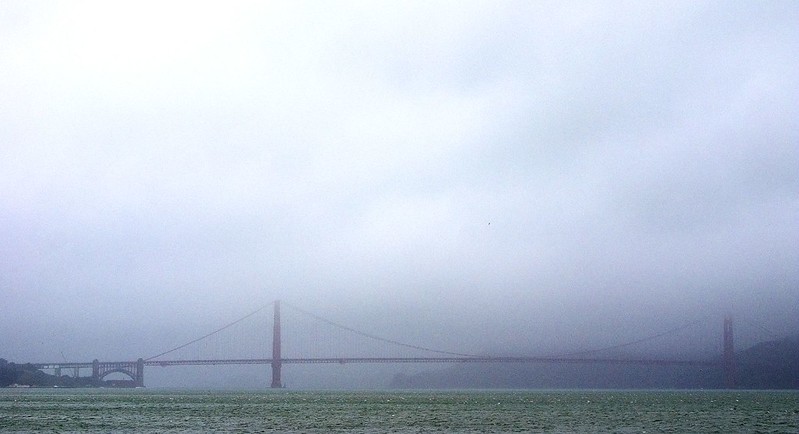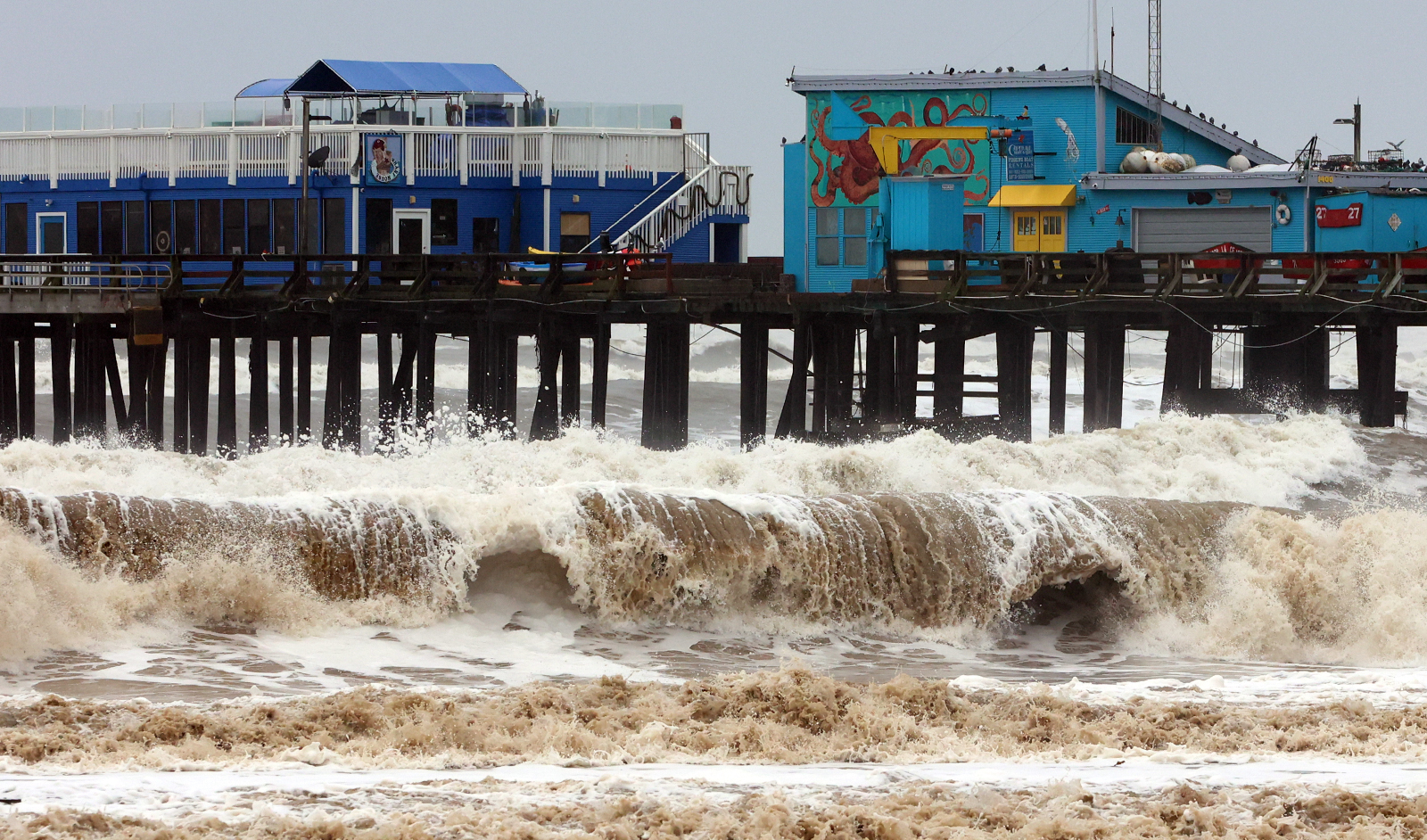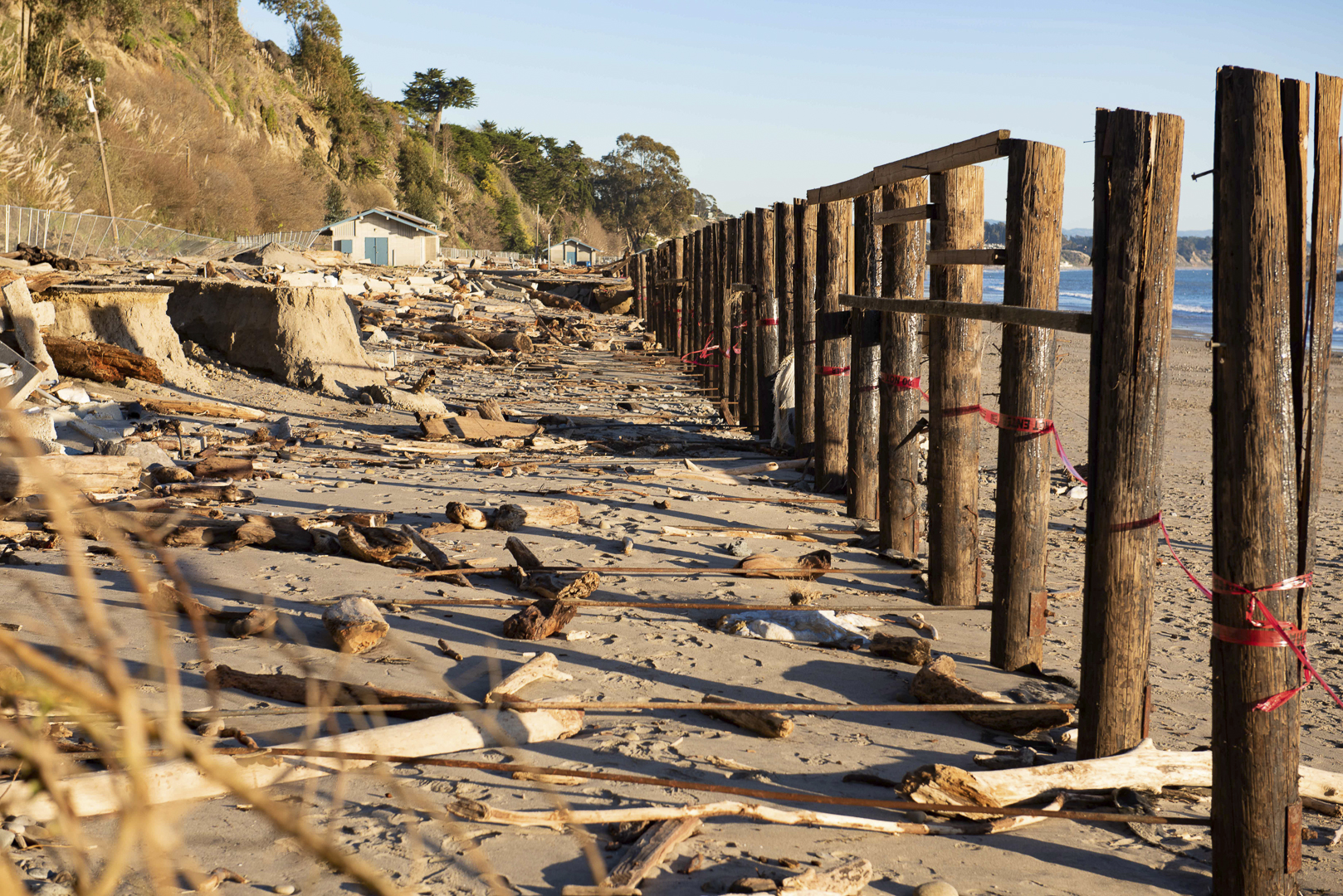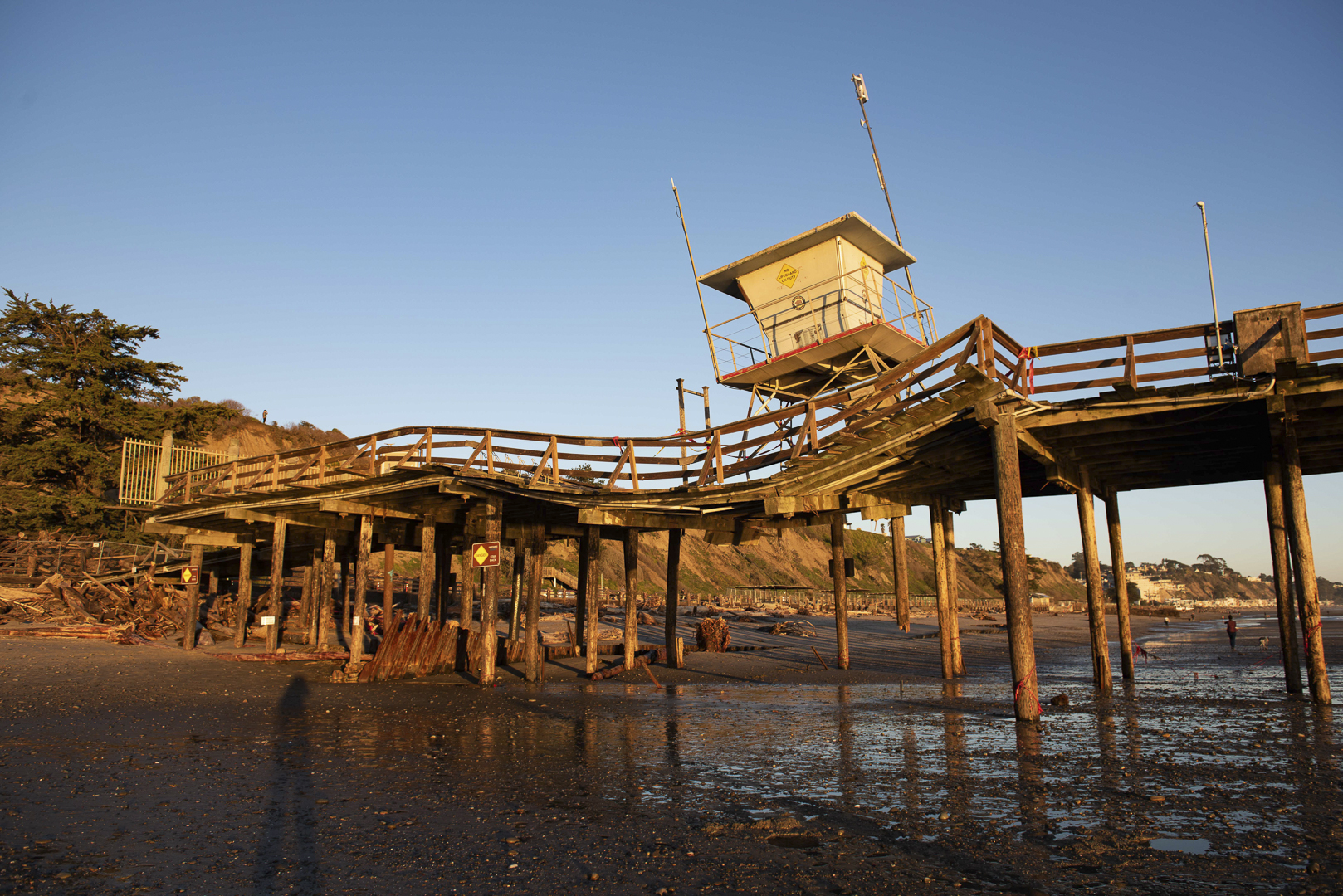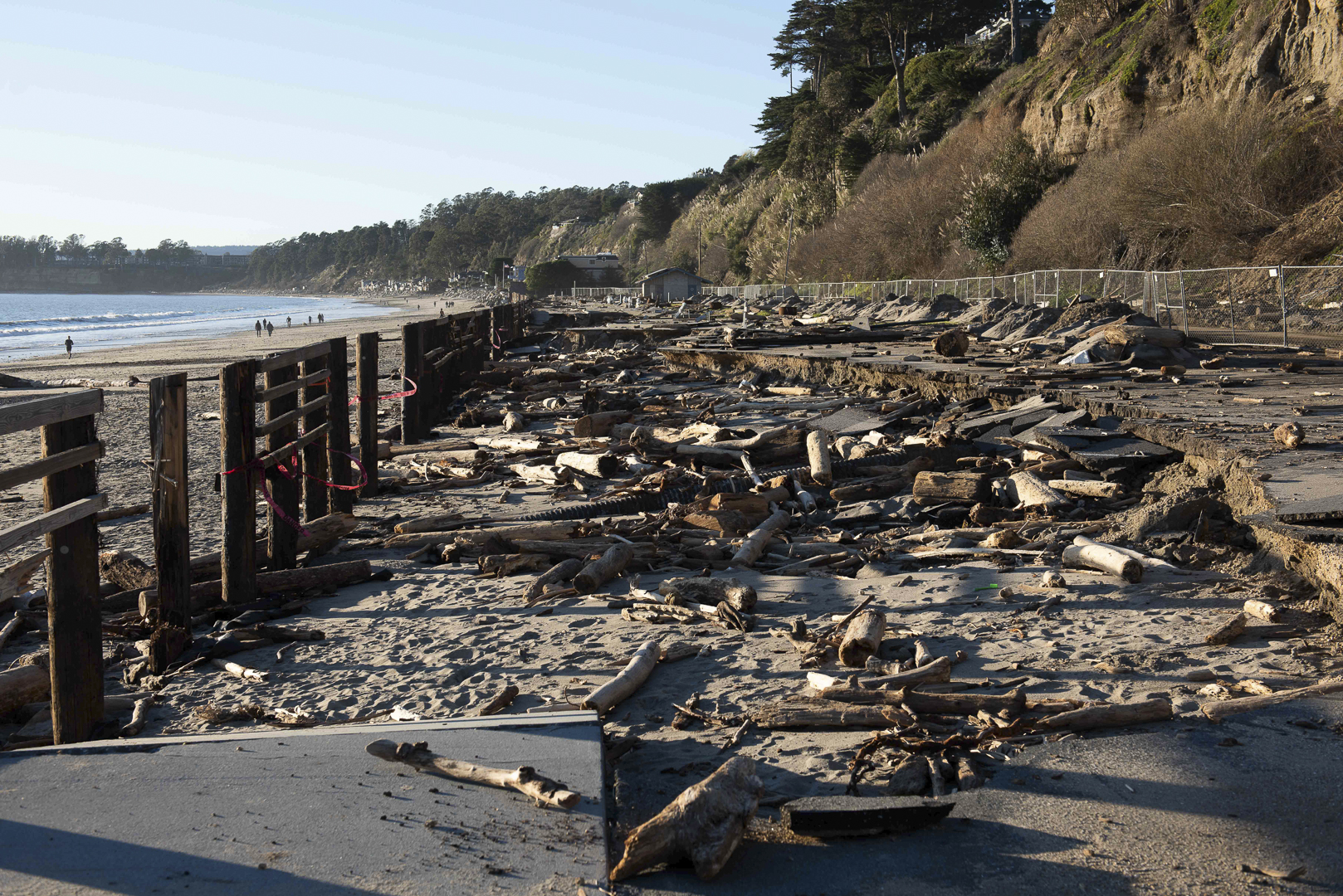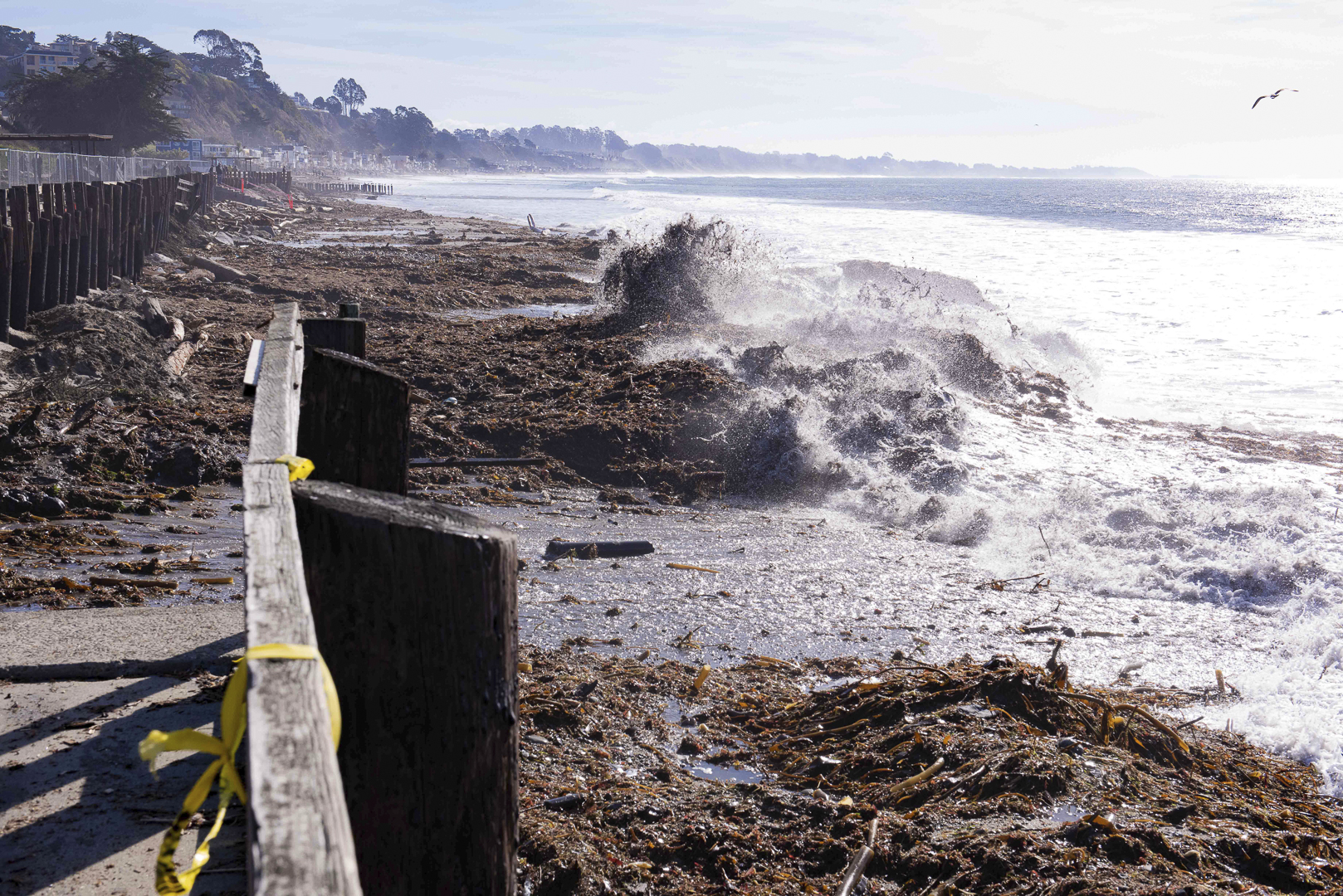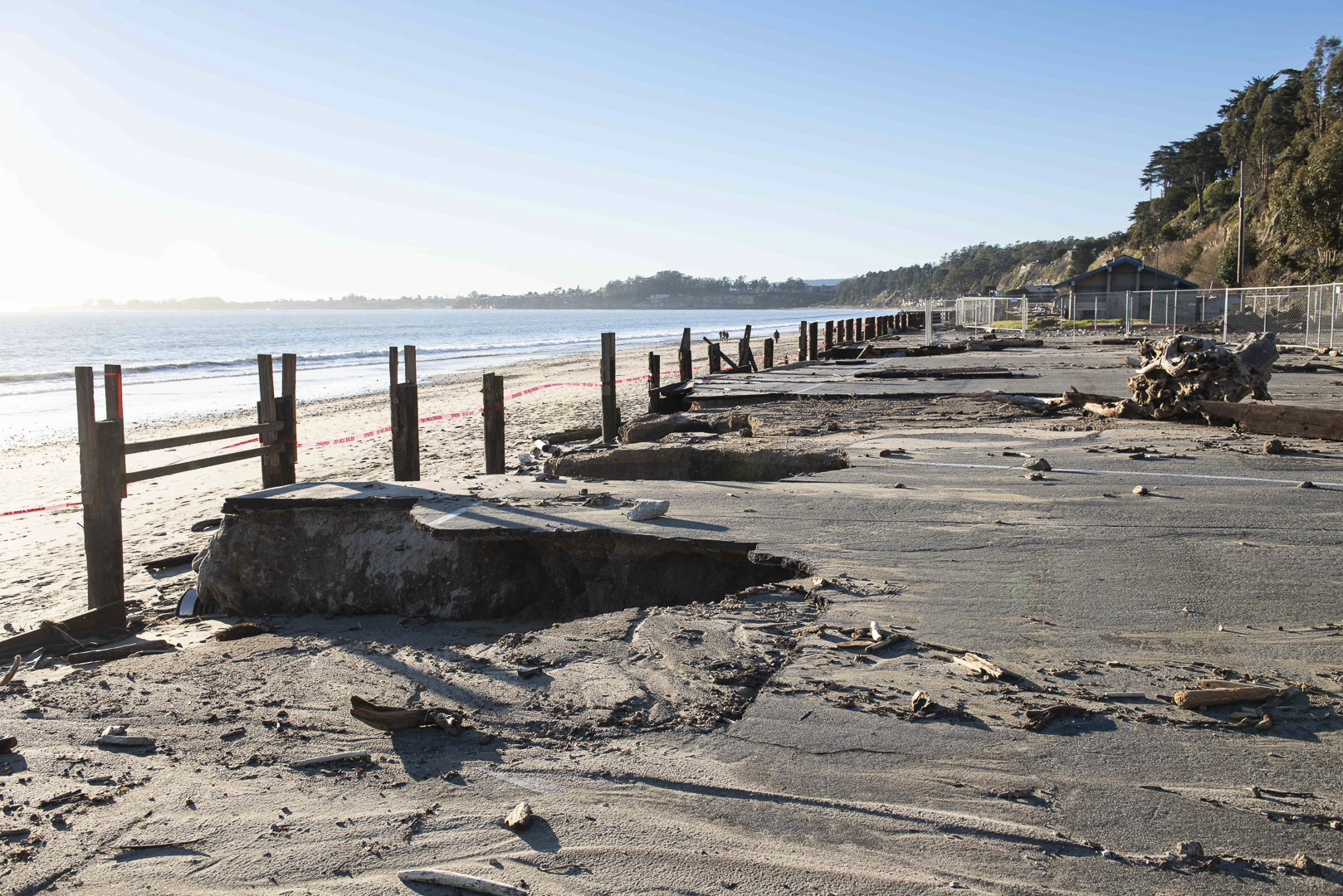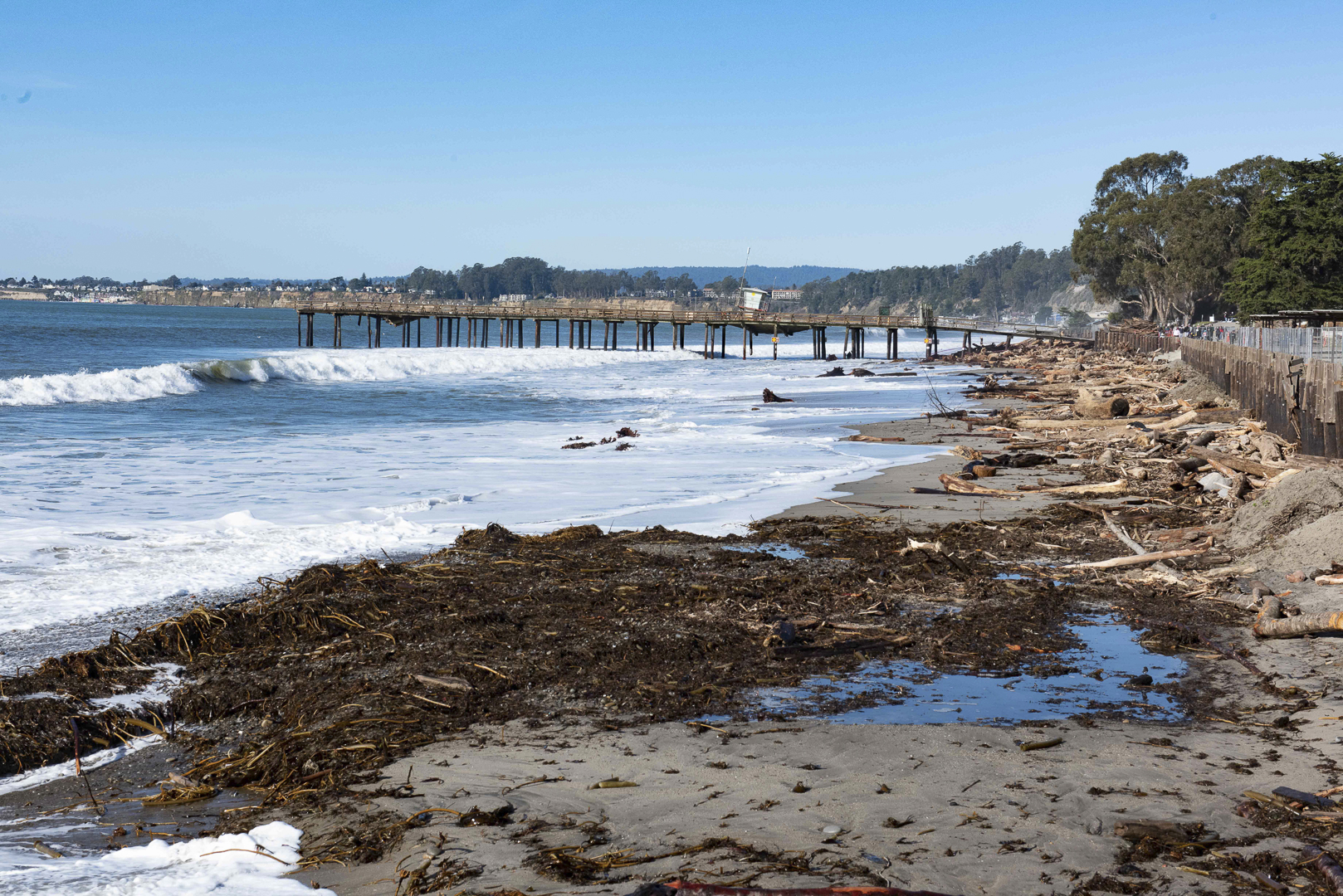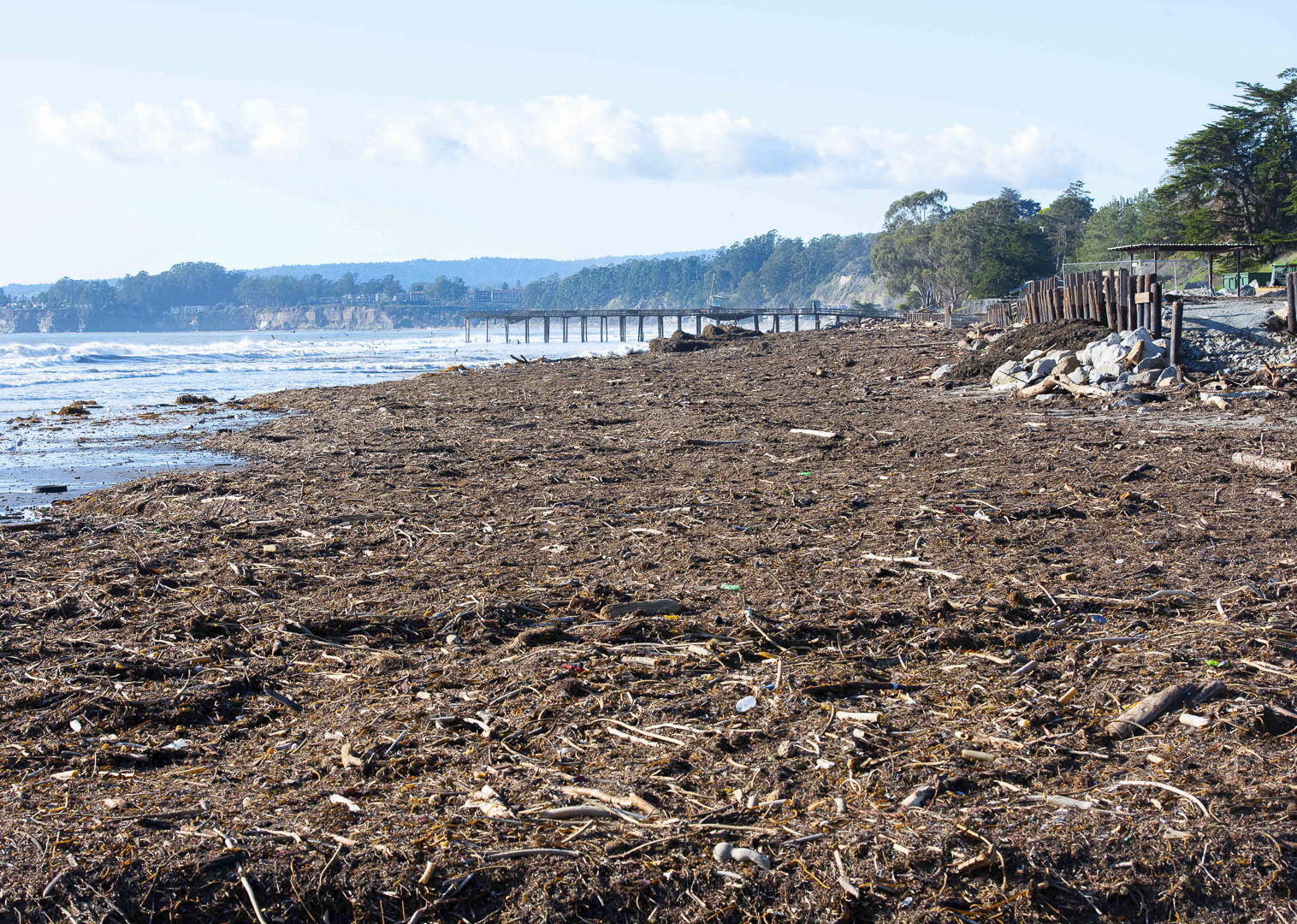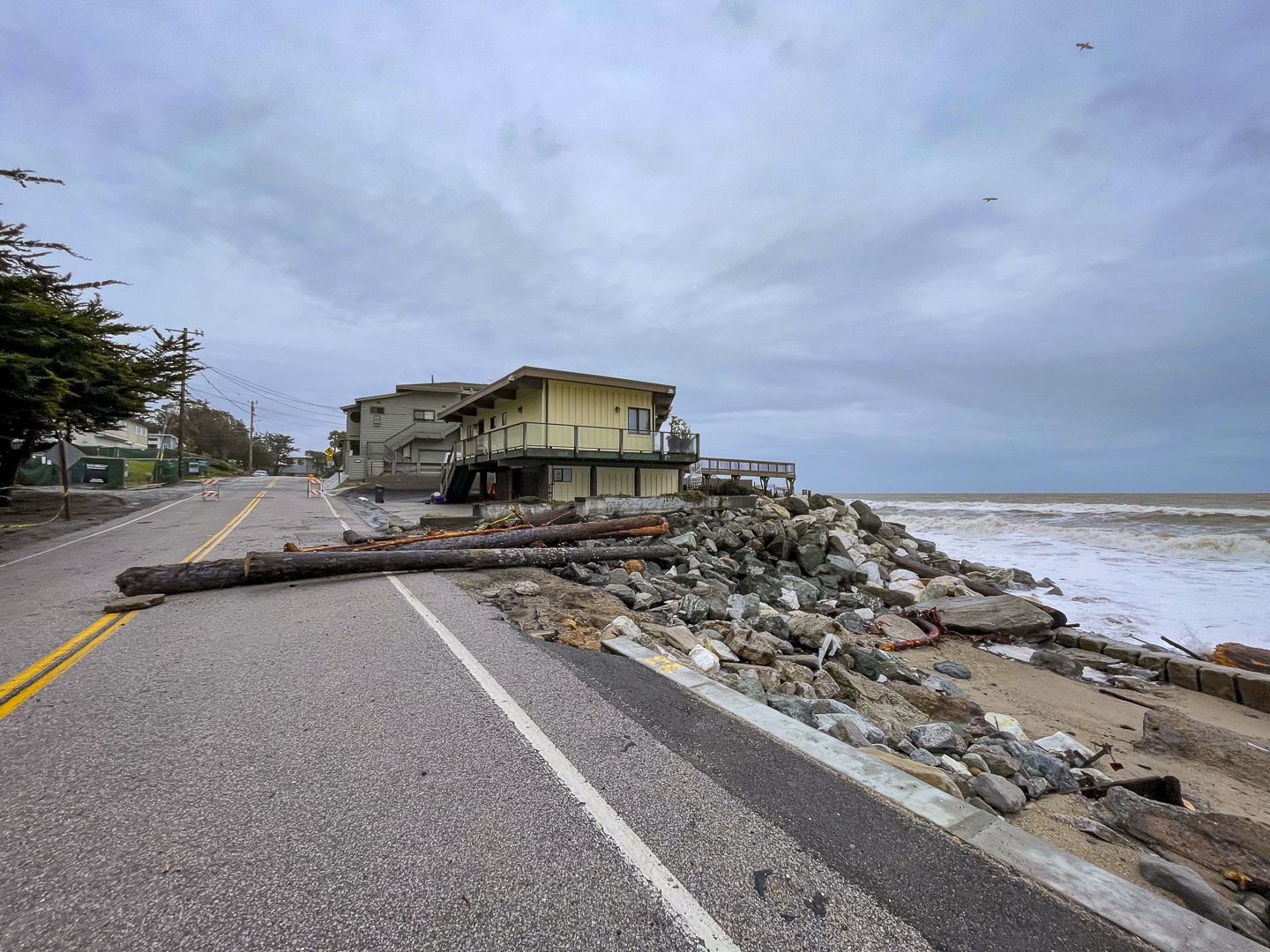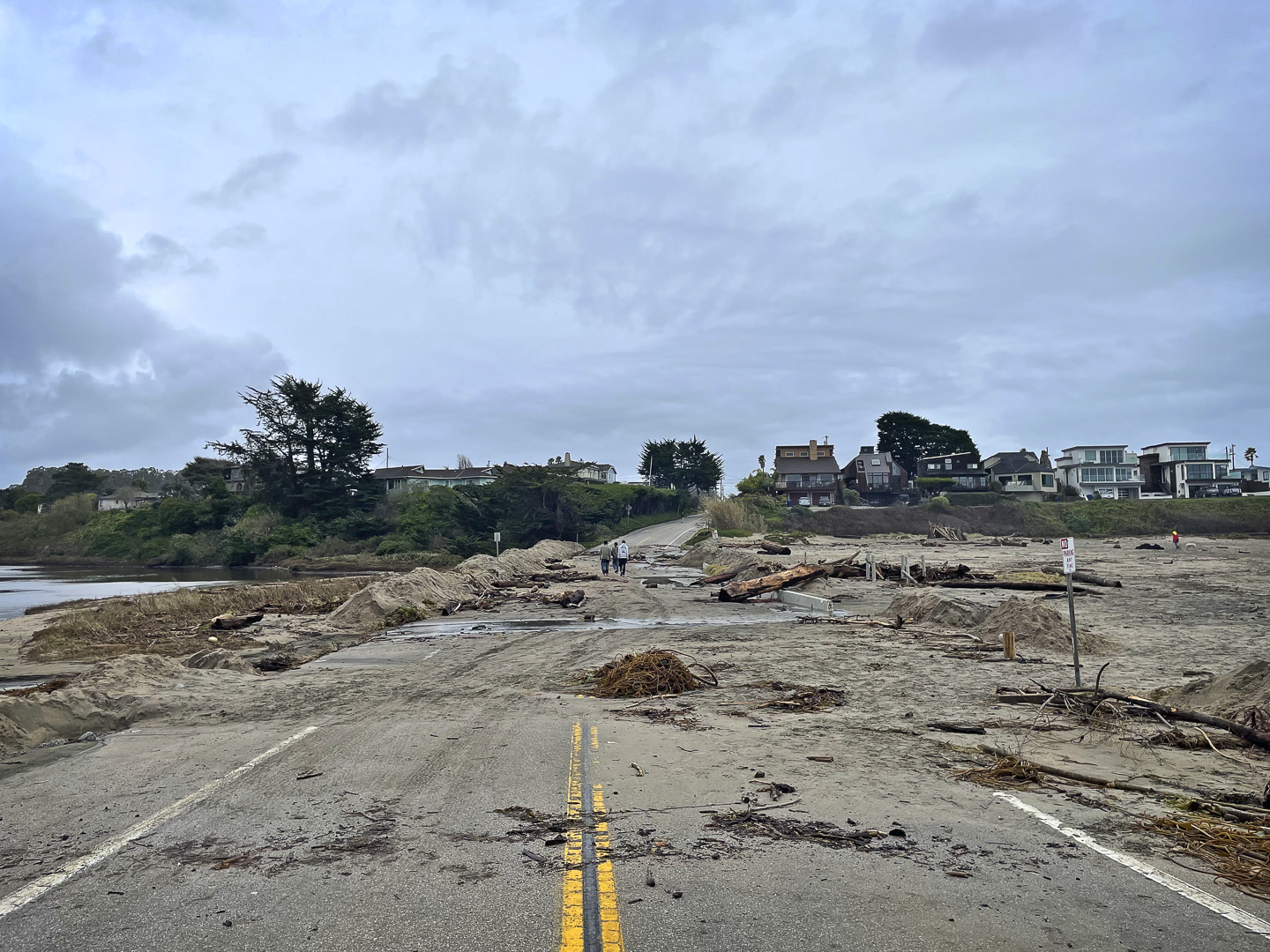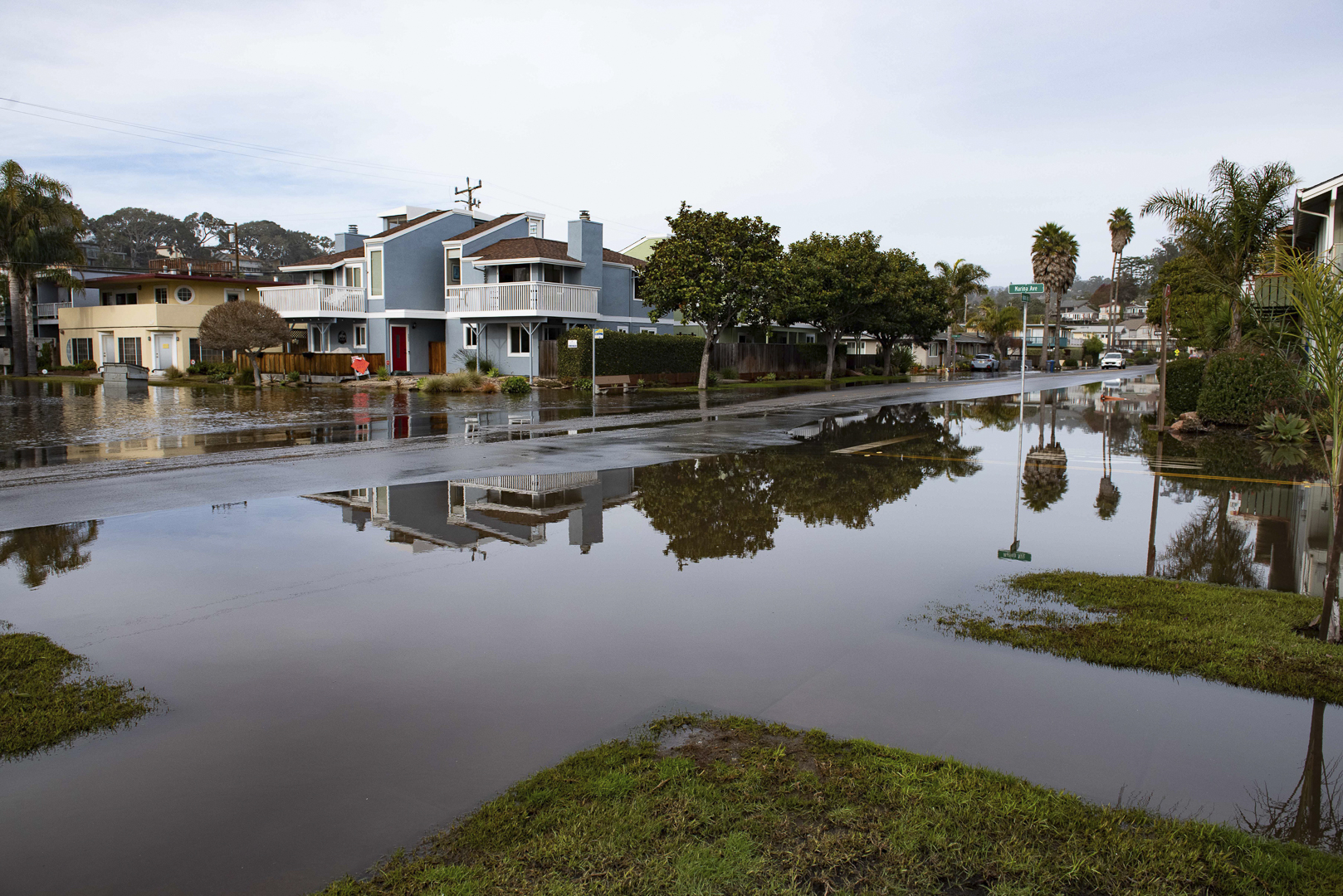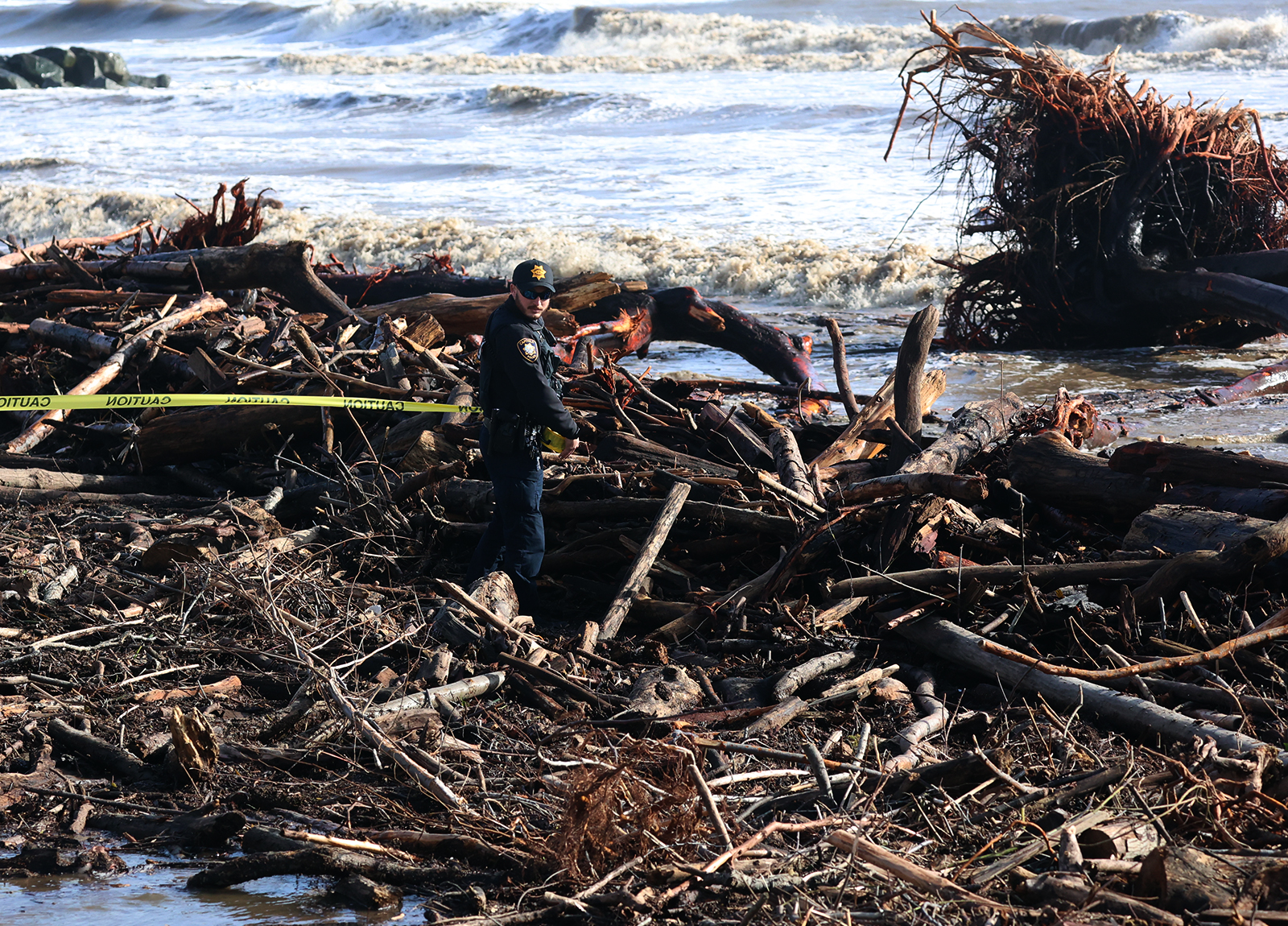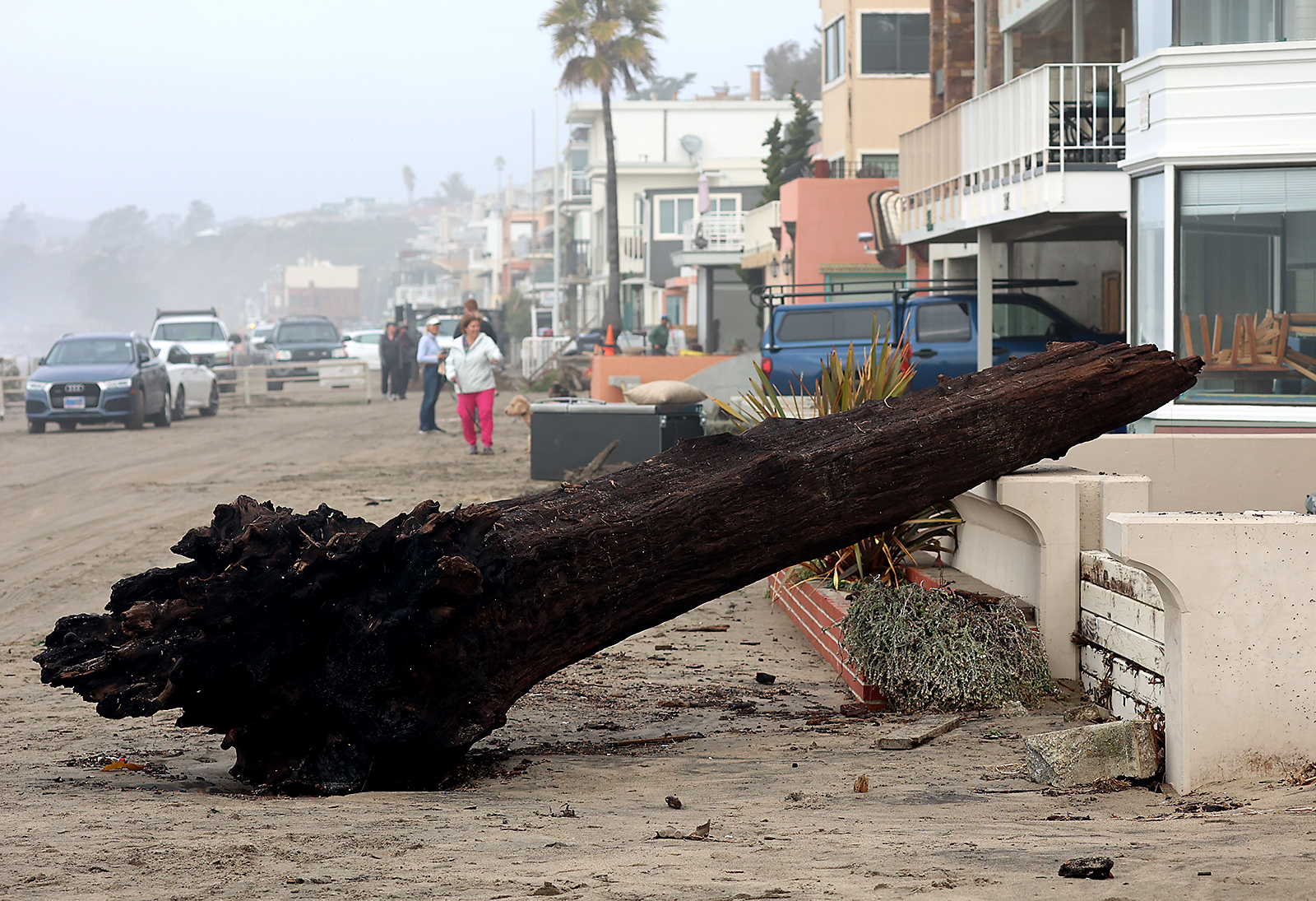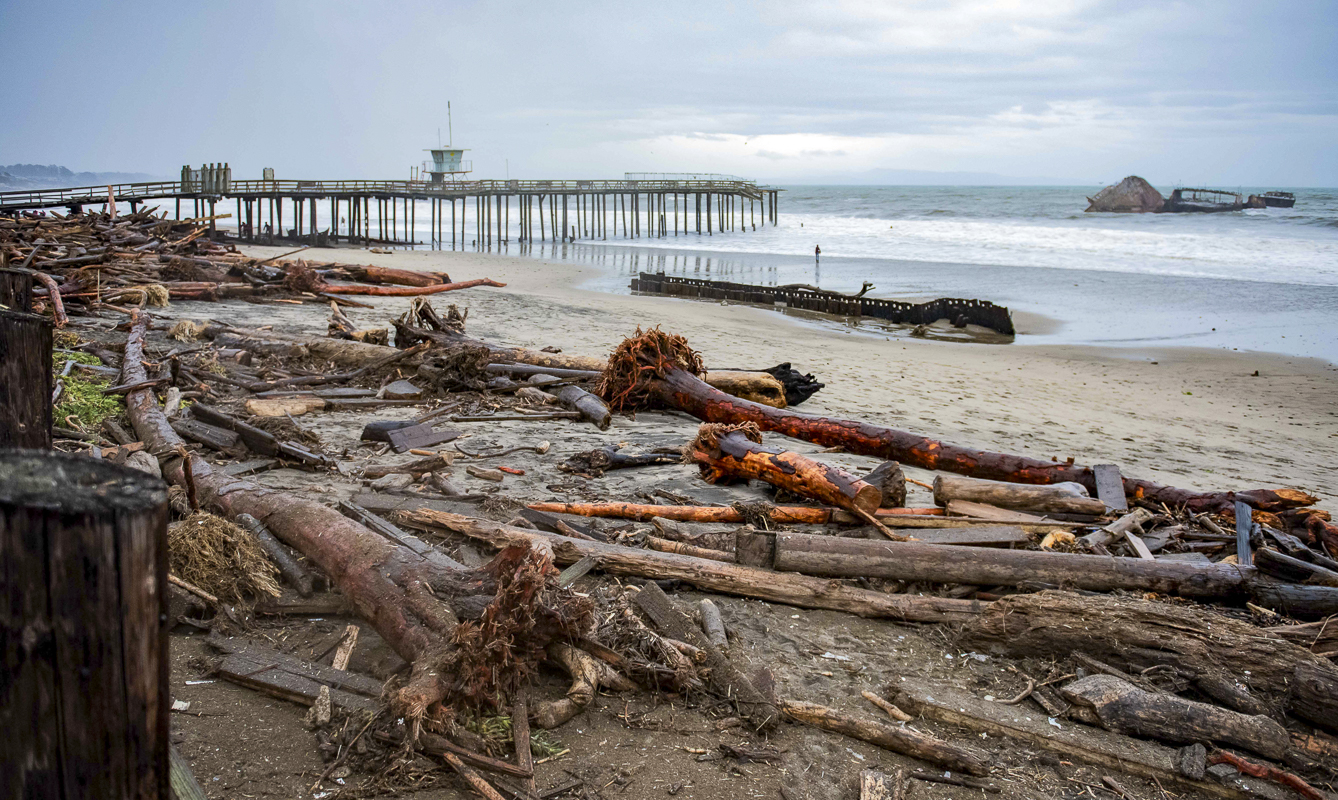• Last Updated: January 26, 2023 •
“Coasts are sensitive to sea level rise, changes in the frequency and intensity of storms, increases in precipitation, and warmer ocean temperatures. In addition, rising atmospheric concentrations of carbon dioxide (CO2) are causing the oceans to absorb more of the gas and become more acidic. This rising acidity can have significant impacts on coastal and marine ecosystems.
The impacts of climate change are likely to worsen problems that coastal areas already face…”
– United States Environmental Protection Agency (EPA)

On the Coast: Before and After the Parade of Atmospheric Rivers – Planet Snapshots issue 59 via Medium
California is left drenched, flooded, and perhaps a little hopeful after recurring atmospheric rivers pummeled the state for 2 weeks straight. The rains are a small reprieve for the area’s years-long drought. But the sheer volume of rainfall was much more than the parched landscape could handle. With a turn of the faucet, the state went from too dry to too wet in what’s called a “weather whiplash,” transforming the Golden State to shades of brown…
Excerpt from the article “Adaptation to Coastal Climate Change and Sea-Level Rise”
from the Special Issue of the journal, water:
“The Earth’s climate is changing; ice sheets and glaciers are melting and coastal hazards and sea level are rising in response. With a total population of over 300 million people situated on coasts, including 20 of the planet’s 33 megacities (over 10 million people), low-lying coastal areas represent one of the most vulnerable areas to the impacts of climate change.
Many of the largest cities along the Atlantic coast of the U.S. are already experiencing frequent high tide flooding, and these events will increase in frequency, depth, duration and extent as sea levels continue to rise at an accelerating rate throughout the 21st century and beyond. Cities in southeast Asia and islands in the Indo-Pacific and Caribbean are also suffering the effects of extreme weather events combined with other factors that increase coastal risk. While short-term extreme events such as hurricanes, El Niños and severe storms come and go and will be more damaging in the short term, sea-level rise is a long-term permanent change of state.
However, the effects of sea-level rise are compounded with other hazards, such as increased wave action or a loss of ecosystems. As sea-level rise could lead to the displacement of hundreds of millions of people, this may be one of the greatest challenges that human civilization has ever faced, with associated inundation of major cities, loss of coastal infrastructure, increased saltwater intrusion and damage to coastal aquifers among many other global impacts, as well as geopolitical and legal implications. While there are several short-term responses or adaptation options, we need to begin to think longer term for both public infrastructure and private development…”
– Borja G. Reguero and Gary Grigg
SHARE THIS ARTICLE
California Begins Recovery from Series of Deadly Storms – Gary Griggs interview
Image Gallery courtesy of:
Shmuel Thaler | Santa Cruz Sentinel, Livia Perez, Kim Steinhardt & Gary Griggs

